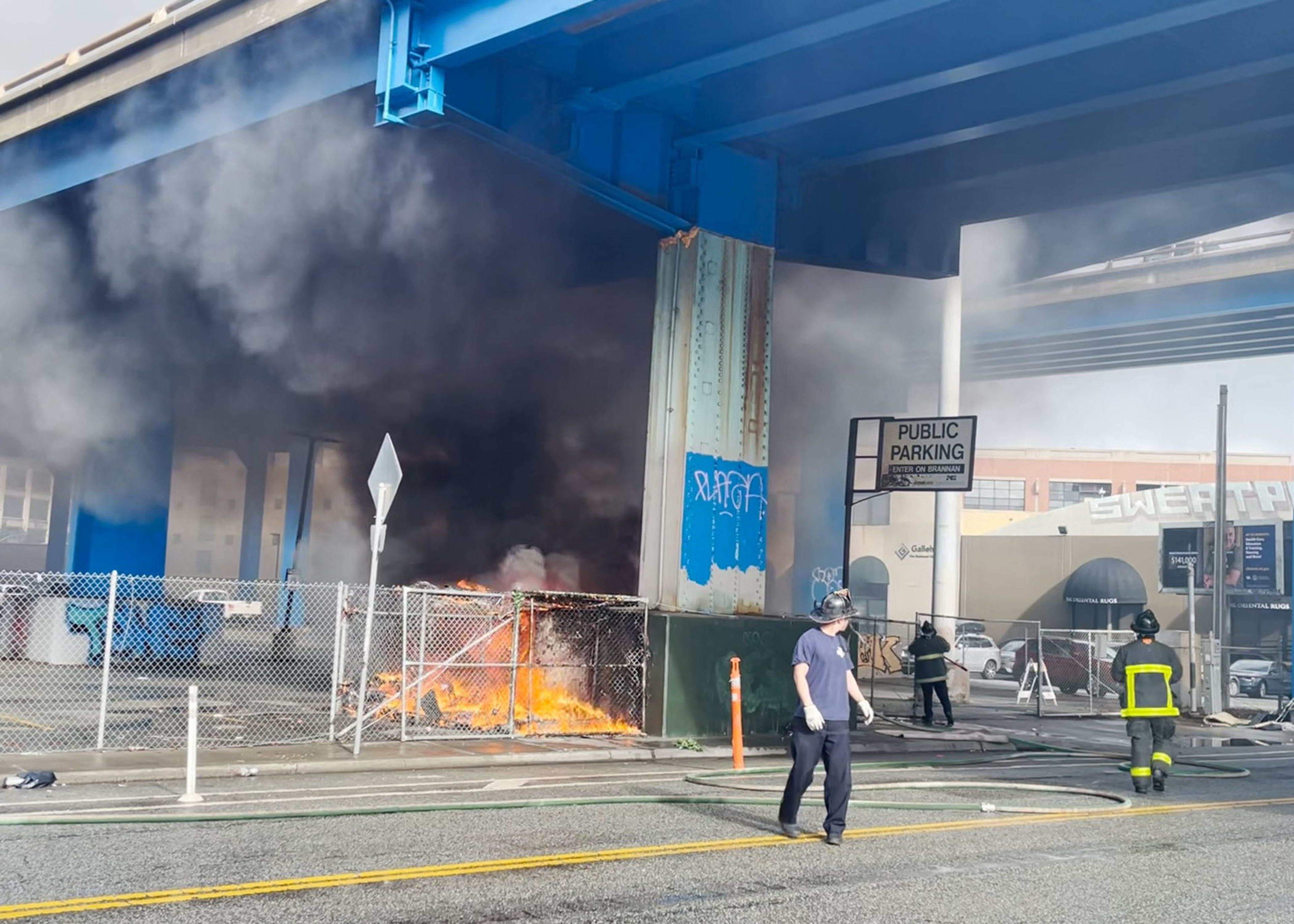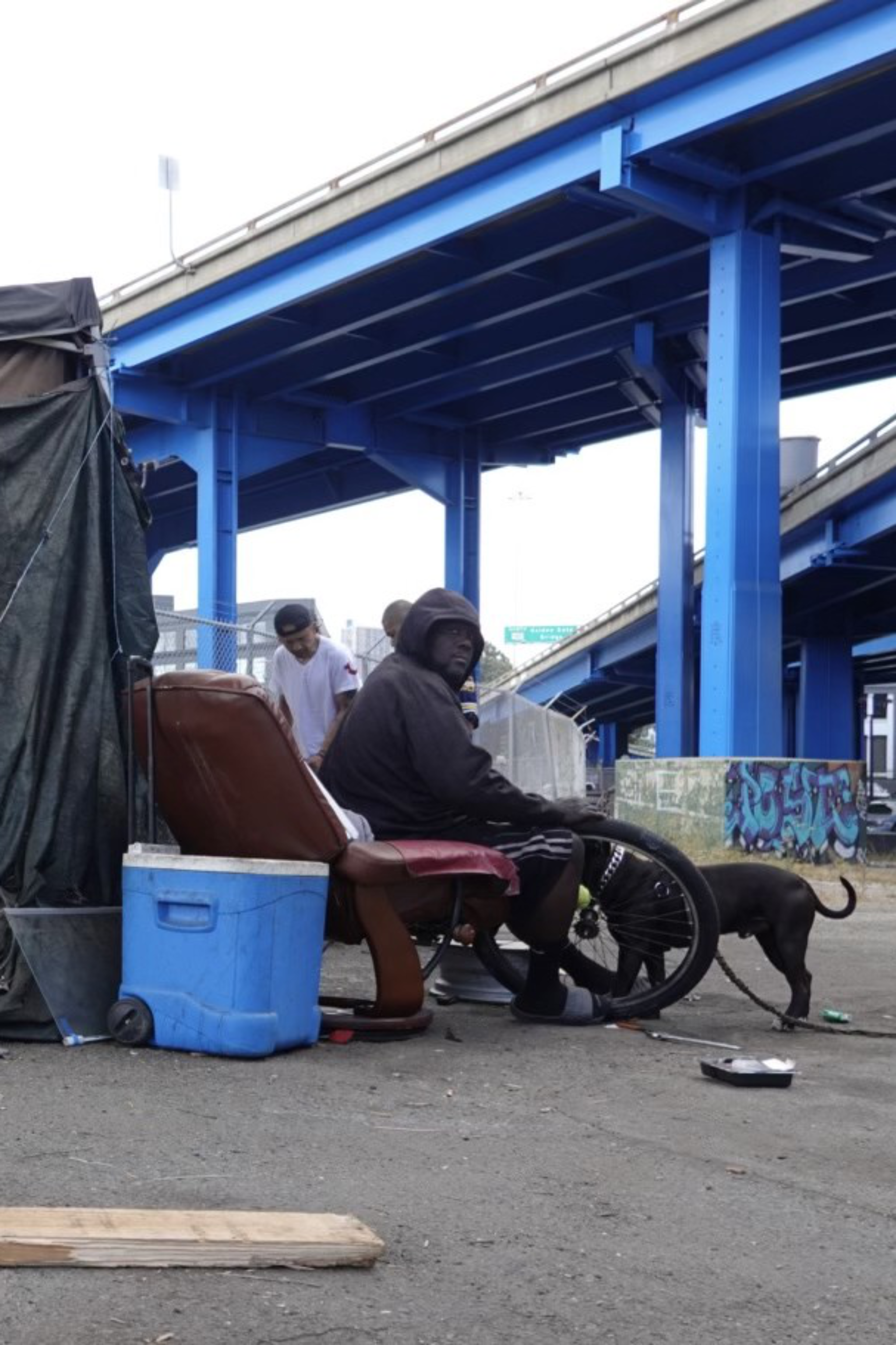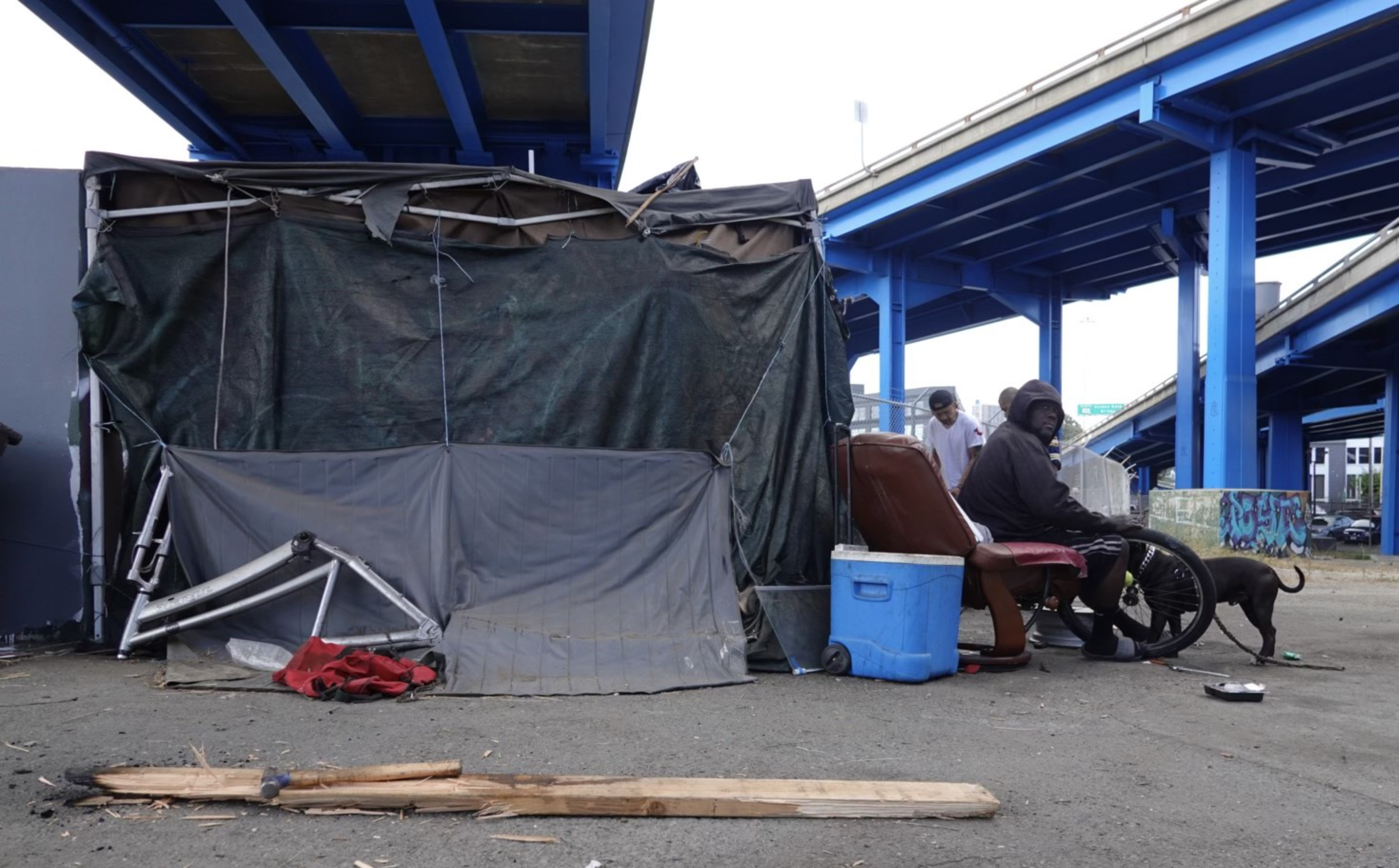Homeless encampments on Caltrans property, under freeways and beside on-ramps, have mostly avoided sweeps in San Francisco — but that’s about to change.
Caltrans and city officials have agreed to allow the city to clear homeless encampments on state highway property within city limits, Mayor Daniel Lurie announced Wednesday.
The deal allows city crews to work on ramps and rights-of-way along U.S. 101 and Interstate 80 — including areas near Market, Division and Octavia, South Van Ness and 13th Street, and the Fifth Street on- and off-ramps. The goal is to “clean up” the state highways while connecting homeless people to city services and housing, Lurie’s office said.
| Route No. | Description of Routing within STATE Right of Way |
|---|---|
| 101 | Mission & Division Street / 13th Street Off-ramp |
| 101 | South Van Ness & 13th Street / Division On-ramp |
| 101 | On Van Ness Ave from Golden Gate Ave to Lombard Street |
| 101 | Cesar Chavez Street On & Off Ramp |
| 101 | Market Street / Octavia Street Off-Ramp, On-Ramp, and surrounding areas |
| 101 | 10th Street / Bryant Street On-Ramp |
| 80 | 5th Street On & Off Ramp, Bryant Street, Harrison Street |
| 80 | San Bruno Avenue & Division Street to 15th Street |
Before reaching the agreement, the city needed state permission to work on properties near the freeways, even within San Francisco’s boundaries. As recently as May, cities across California complained that Caltrans isn’t doing enough (opens in new tab) to clear camps.
“Under my administration, city government will no longer tolerate the conditions we’re seeing on our on-ramps and off-ramps — and now we have the tools to fix it,” Lurie said.
Caltrans acting Director Dave Ambuehl said the partnership aims to link people “with a path to housing and essential services.”
While the city has aggressively removed tents from sidewalks since a landmark Supreme Court ruling last summer, the areas around the state-owned freeways can become a last refuge for homeless camps.
There have been several fires under highways. One alleged arsonist living under I-80 caused an explosion in November near an auto-repair shop.

The mayor’s office said San Francisco’s neighborhood street teams have driven a 40% increase in shelter placements — 1,296 in the first four months — and the city’s encampments are at the lowest level since before the pandemic, down about 25% since March.
But Lurie has scrapped his campaign pledge to create 1,500 new shelter beds in the first six months.
The tent crackdown has also had negative consequences. Unhoused women said they are easier targets for sexual assault as they are forced to sleep without cover.
City officials said cleanup crews will prioritize sites that pose health and safety risks, such as encampments close to traffic or near unstable structures. Some costs will be reimbursed by the state.
It's unclear how effective the sweeps effort will be at connecting homeless people to shelter. When Lurie launched the now-closed triage center at Sixth and Mission streets — which was intended to address the twin crises of drug abuse and homelessness that plagued that corner — homeless people moved in droves to the area near 16th and Mission streets.

